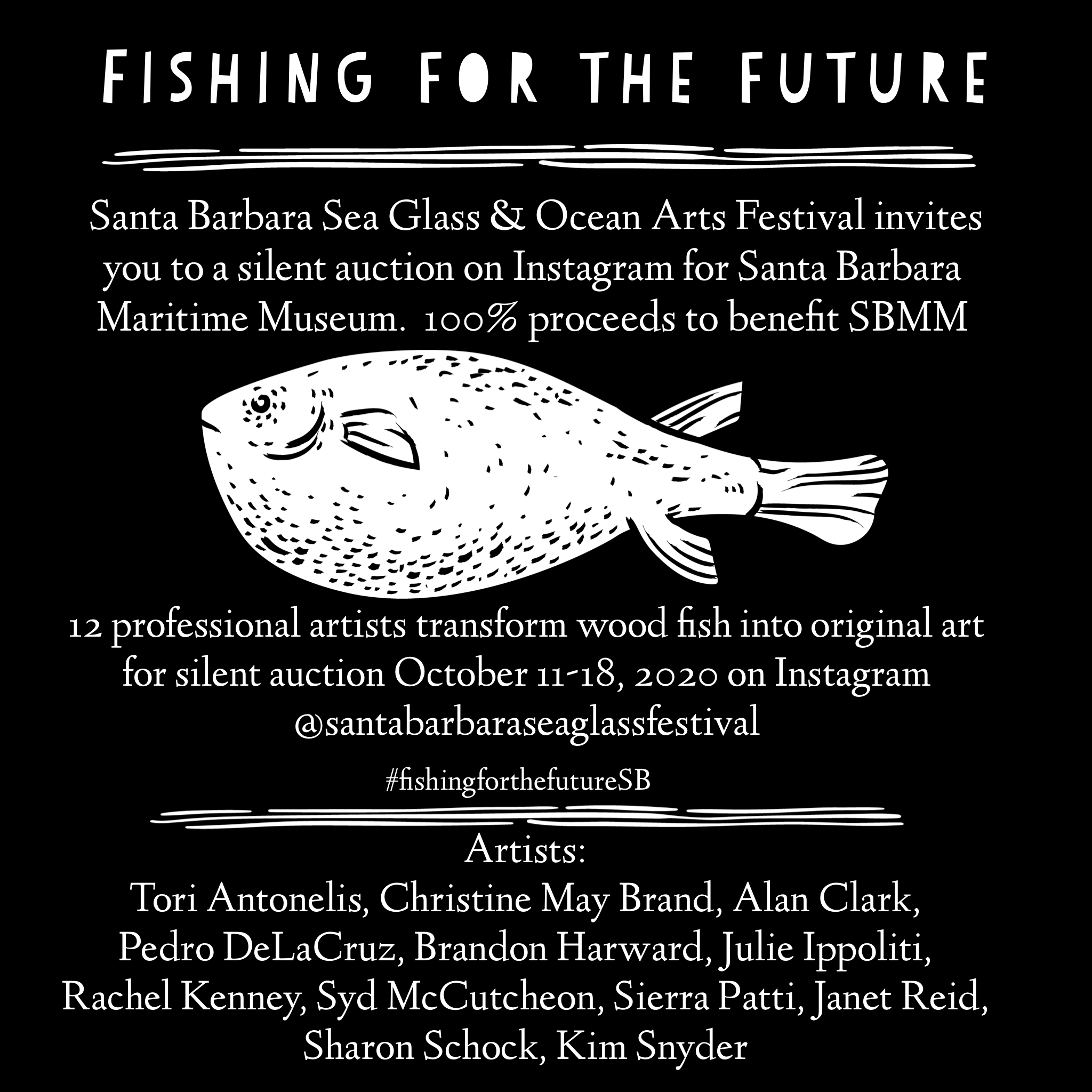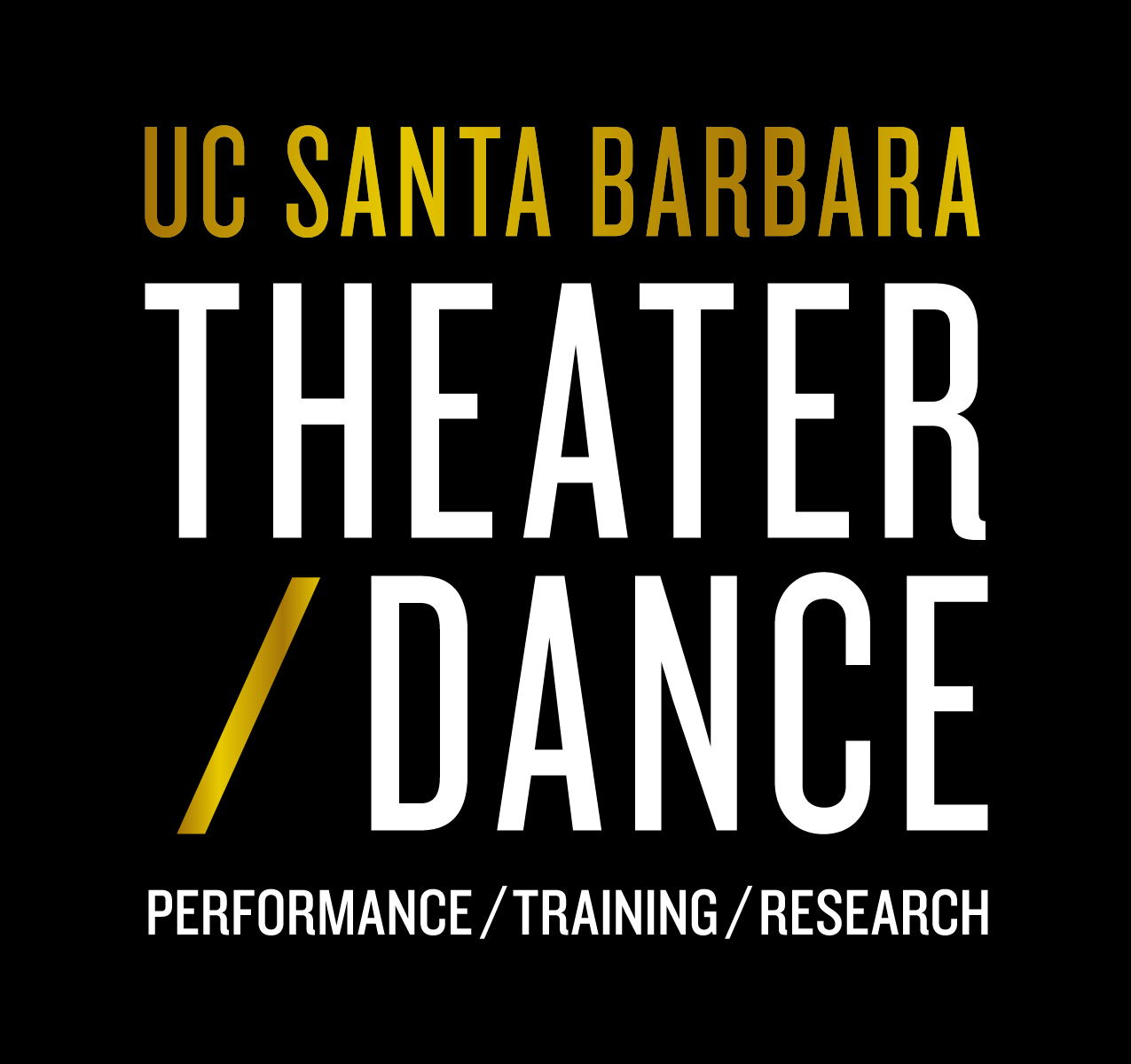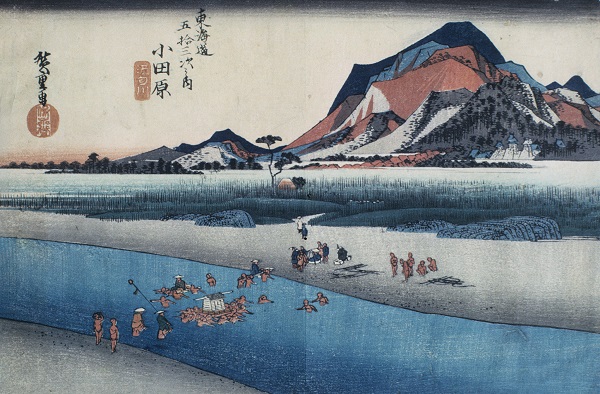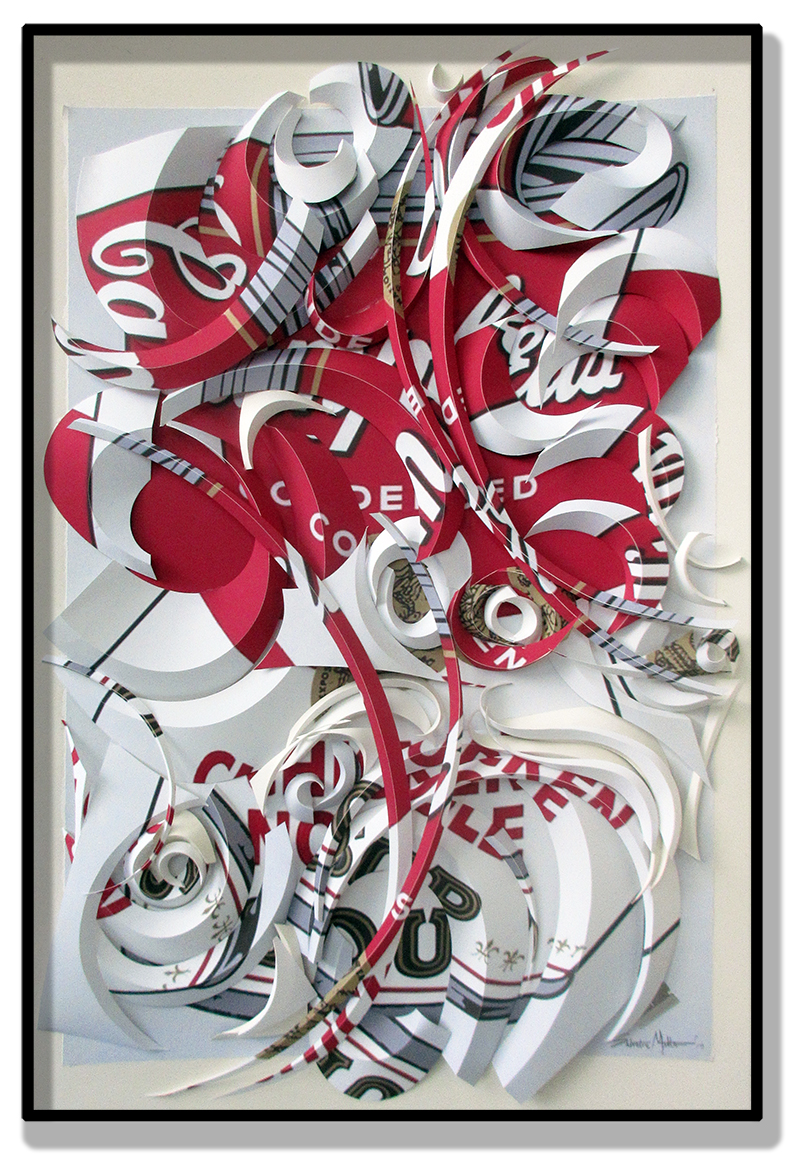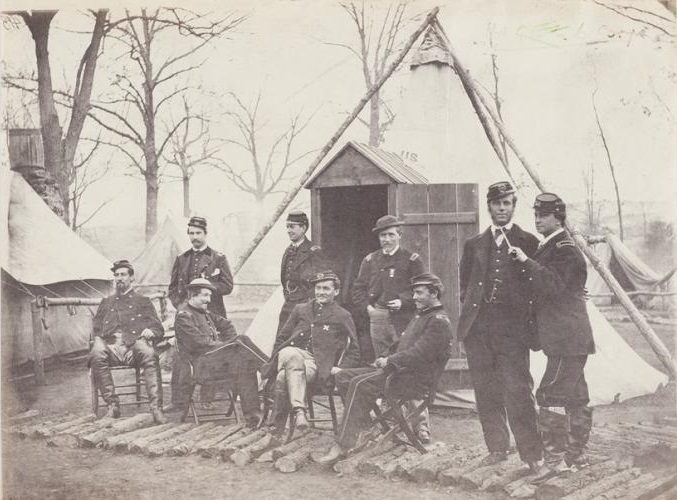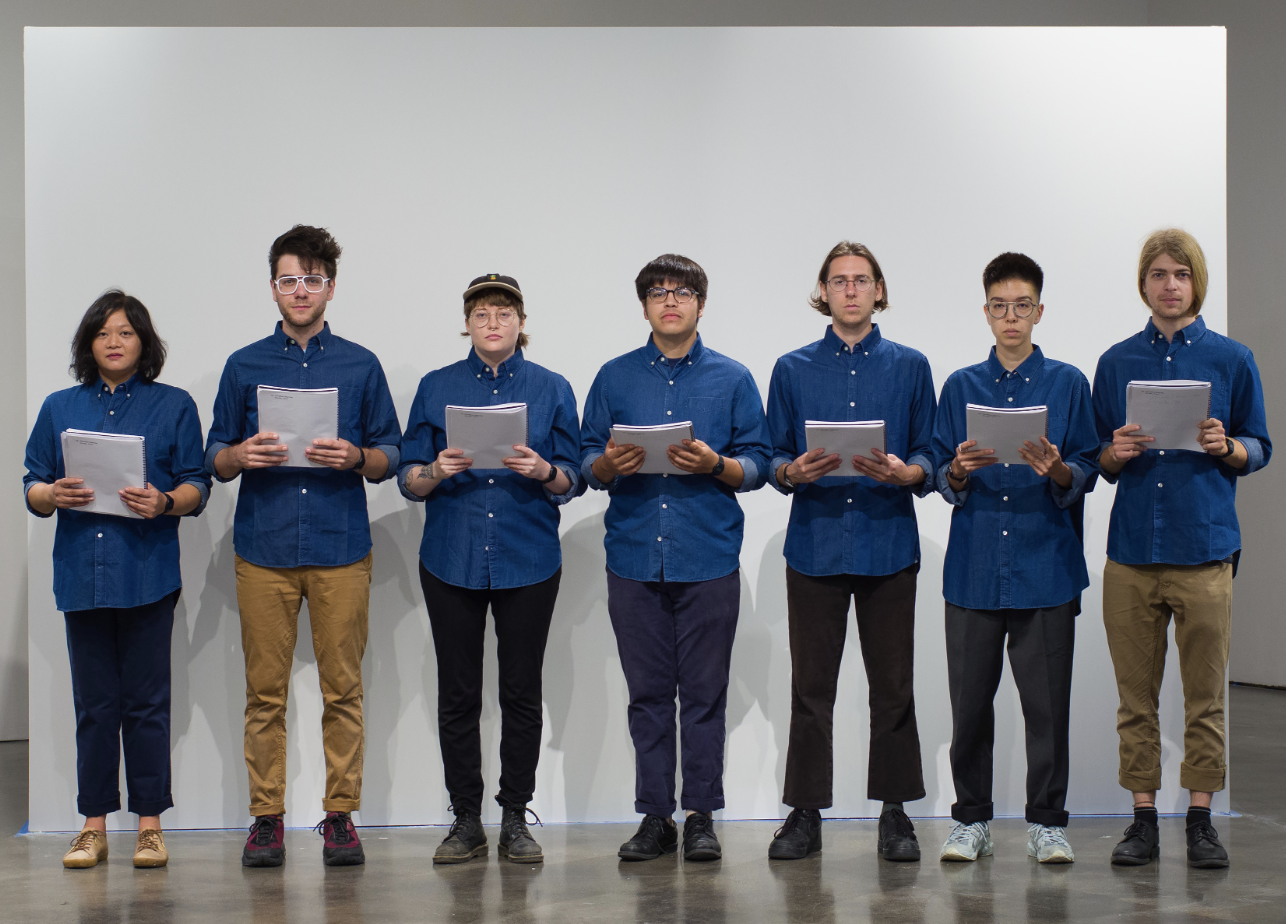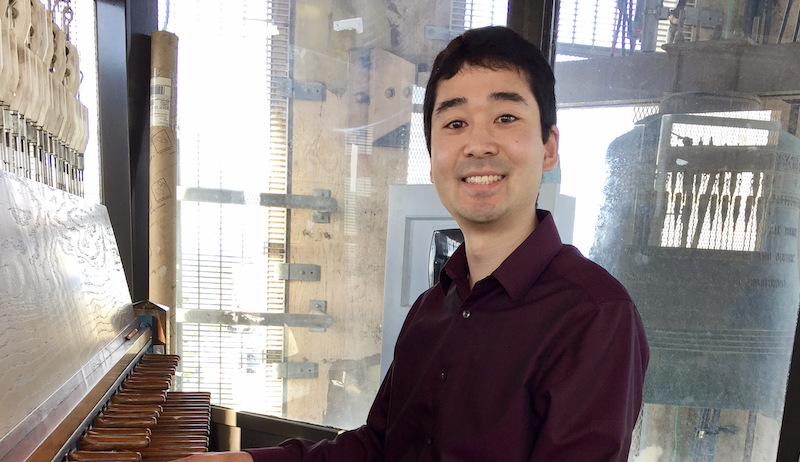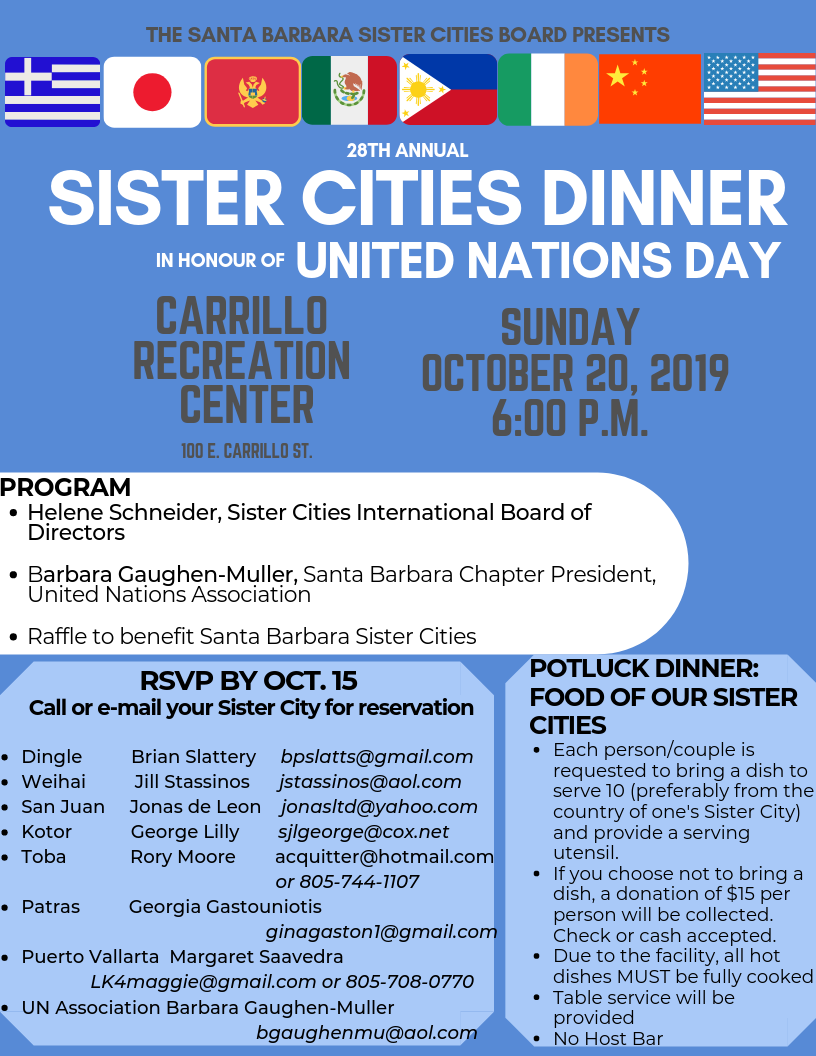The Tōkaidō, or Eastern Sea Road, was formed in the 17th century to link Japan’s old imperial capital, Kyoto, with the new warrior capital, Edo (modern Tokyo). Along the 320-mile route, 53 official post towns fed, lodged, and supplied travelers. By the mid-19th century, woodblock printed novels, guidebooks, and pictures made famous the road’s natural scenery—and real or imagined experiences.
This exhibition showcases a rare surviving set of the "Comic Picture Scroll of the 53 Stations of the Tōkaidō," painted in 1921 by eighteen "manga" (“comic pictures”) artists from the newly formed Tokyo Manga Association, along with selected woodblock prints by Utagawa Hiroshige (1797–1858), the greatest landscape print artist of the "ukiyo-e" (floating world picture) tradition who memorialized the great highway. Drawn from the Museum's permanent collection and augmented with loans from local collectors, the installation also includes three woodblock prints by the post-war artist Sekino Jun’ichirō (1914–1988) whose "Stations of the Tōkaidō" series, creatively echoed some of Hiroshige’s memorable images, a further testament to the legacy of Hiroshige and Japanese artists’ continued romance with this famed road.
This intimate exhibition was guest curated by Kendall H. Brown, Professor of Japanese Art History at California State University, Long Beach.
Image: Utagawa HIROSHIGE, Japanese, 1797–1858, "Station 10" (detail), Odawara from the series "53 Stations of the Tōkaidō Road," 1833–34. 1st month of Tempo 5. Color woodblock print. SBMA, Gift of the Frederick B. Kellam collection.



